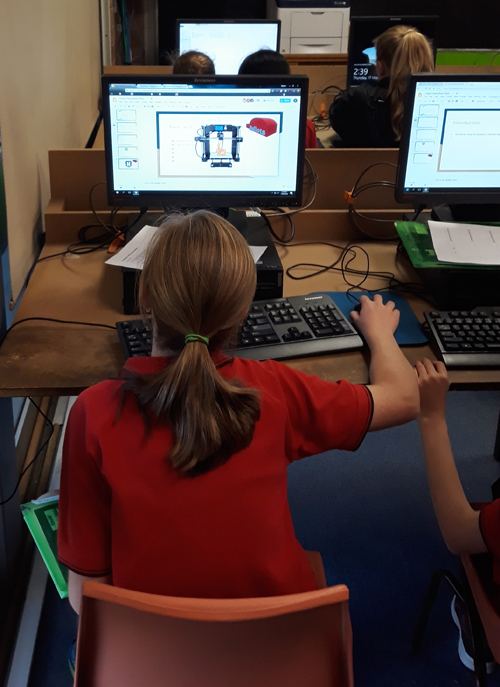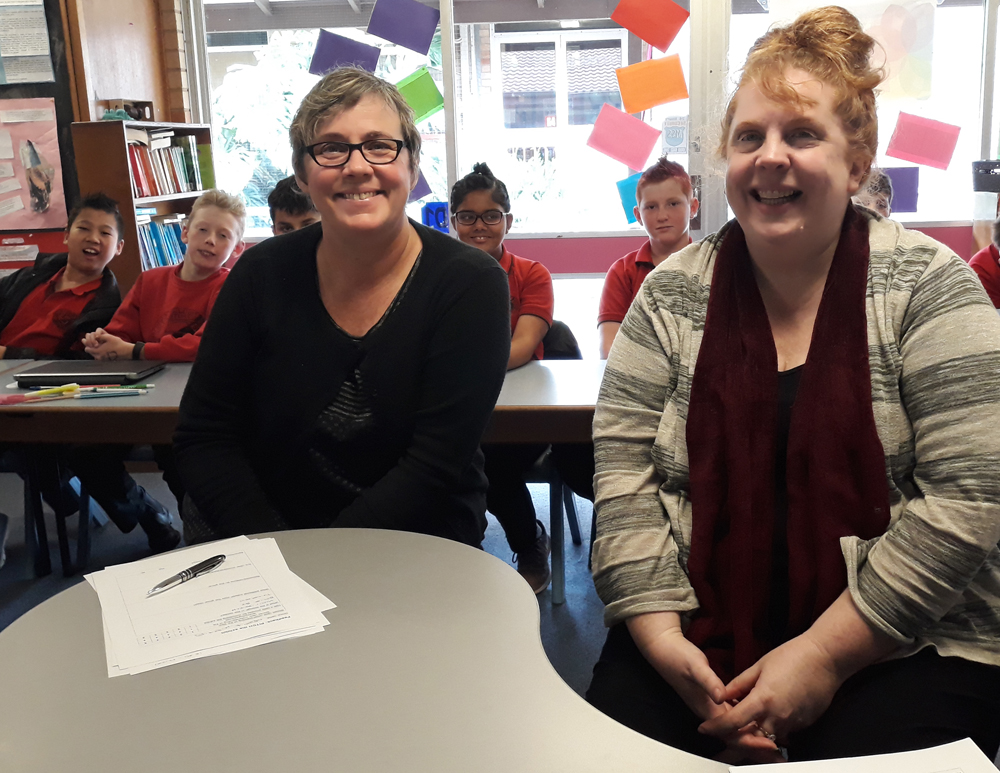The Pitch
22 May 2018
Everyone was nervous, but trying not to show it, as we finally made it to our ‘Pitch to the board’. Maybe everyone’s crazy hairstyles for Crazy Hair Day helped them out!
The idea behind a ‘pitch to the board’ was to provide some outside feedback on the projects and ideas that each group had. Sometimes it is easy to get tunnel vision on a project, and so having knowledgeable people not associated with the project can help refocus. We also hoped it would reinforce that this was a real exhibition, with big expectations.
Since our project planning session with ‘Get Ready, Do, Done’, the groups had been working together to put together their presentation. The challenge for this stage was trying to support them to see the presentation planning as a problem-solving stage. Trying to articulate ideas for others sometimes shows up gaps in the planning or process, and can be a useful step to work through at a mid-way point. Everyone had been given some guidelines to help them plan their presentation (images at the bottom of the post).
The groups wrote their presentation in Google Docs. Google Docs allowed each student to work from home or different computers in the computer lab. It also encouraged communication, as we heard a few shouts of ‘hey, I’m working on this slide’ and ‘what are you doing, I just fixed that!’ during one of the work sessions.

Ellie works on a slide for the 3D object detectives group.
Our ‘board’ members were Chrissie from the Riverina Science Hub at the Riverina Regional Library and Michelle, Curator and Collections Manager at the Museum of the Riverina. They both took their role very seriously which was essential to this step. We did not want simplified feedback that said ‘very good’, without any support. We encourage Chrissie and Michelle to be constructive with their comments, because although criticism is hard to hear it helps us improve!

Chrissie from the Riverina Science Hub and Michelle from the Museum of the Riverina.
Each group presented their talk, and then the board asked them some questions and provided some immediate feedback. At the end of the session, they were able to tell all the groups that they would recommend all of them progress to the next stage – Phew! Later that day, Chrissie and Michelle filled in the forms to provide some written feedback.

3D Object Detectives ready to present their pitch.

The storytelling group presenting their pitch, with a slide outlining the tools they will need.
The presentations also showed very clearly that some groups could benefit from additional support, especially the smaller groups. The challenge for the smaller groups is in having fewer people for ideas generation. Their workloads have been reduced to compensate for being in a smaller group, but they did not have the benefit of multiple ideas – even crazy ones – in the ideate stage. From this point, we will try to find different ways for them to have more sounding boards for their concepts, so that they receive more feedback.
Another really important learning from the pitch session was the need to refine the scope and begin to prioritise ideas. The creative possibilities for our exhibition are only limited by the imaginations of our junior curators, which is endless. From here we need to focus less on ‘ideate’ and more on ‘prototype’ and ‘test’ so that we can begin to shape and select the best ideas to invest time and resources into.
We handed back the forms on Thursday, two days after the pitch. We had to repeat quite a few times ‘This is not a mark, it’s just a measure of where you are up to!'
Each group went through their forms and came up with a plan for what they will do next. What these next steps may look like really depended on each group. The walking tour group decided to focus on research, so they can pick out their buildings and plan their tour. The 3D object detectives committed to making at least one 3D print file a week so that they can become more familiar with TinkerCAD. The prototype group will start playing with different fabrics and embellishments. Our advice was to get tinkering, and start failing! Make mistakes! Test ideas!
Fail fast and start learning!
The guidelines and feedback sheets that we used.

